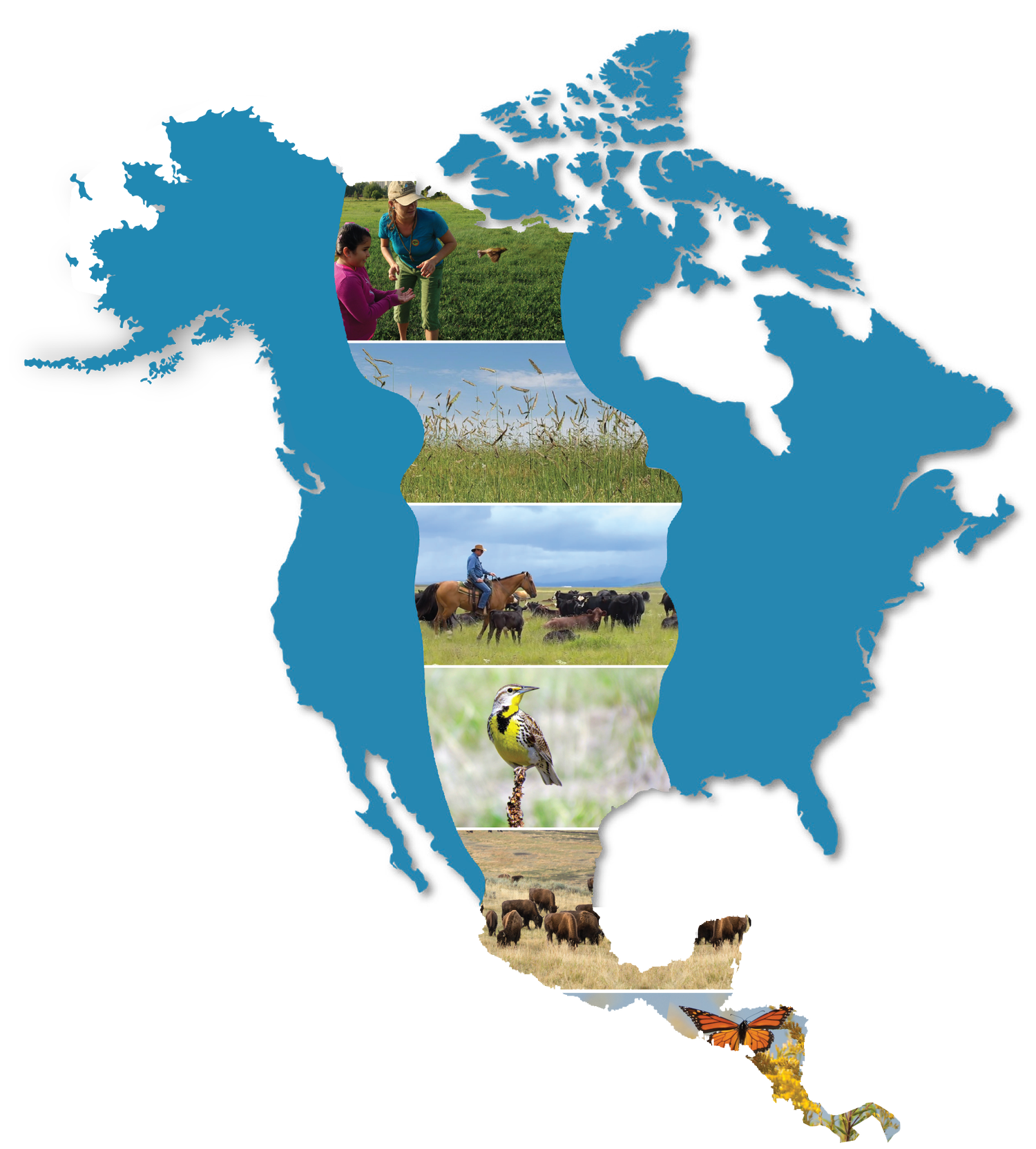Notes from Confluence March, 2020
A diverse range of parties including private landowners, businesses, governmental agencies, nonprofits, and academic institutions gathered for the Center for Collaborative Conservation’s “Confluence 2020” conference this March 10-12th. The annual event aims to “Connect, Convene, and Catalyze” members of the Western Collaborative Conservation Network to create and sustain collaborative, community-based conservation efforts.
According to Confluence 2020, there are four Ps to starting a collaborative: a clear Purpose, involving the necessary People, agreeing on a common Process, and developing purpose-driven Products. Collaboratives must also approach issues “bottom-up”, focusing on the most vulnerable subjects or populations first. Furthermore, equity must be prioritized, so collaboratives must identify and include all involved sides of an issue.
These notes from Confluence 2020 detail many other facets of community-based collaborative conservation projects, including the creation of a collaborative, outreach methods, funding strategies, inclusion initiatives, expansion advice, and other crucial topics.
Related:
Recap Video: https://www.youtube.com/watch?v=N-jc5gVMHA8&feature=youtu.be
2020 Confluence Report: https://collaborativeconservation.org/media/sites/142/2020/06/Confluence-2020-draft-report-public-061520201.pdf
The official Confluence 2020 Program: https://collaborativeconservation.org/media/sites/142/2020/03/Confluence_Program_Final3.pdf
Home page of the Western Collaborative Conservation Network: https://collaborativeconservation.org/program/practice/wccn/
